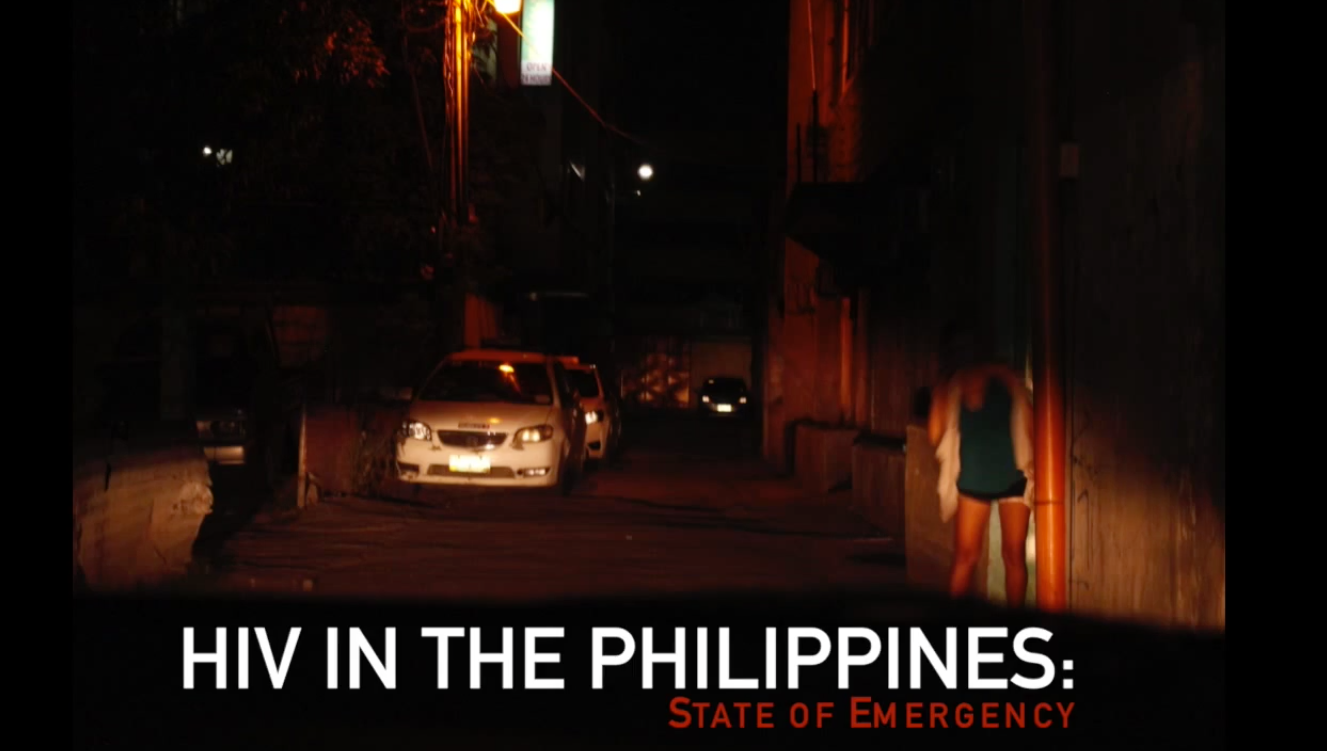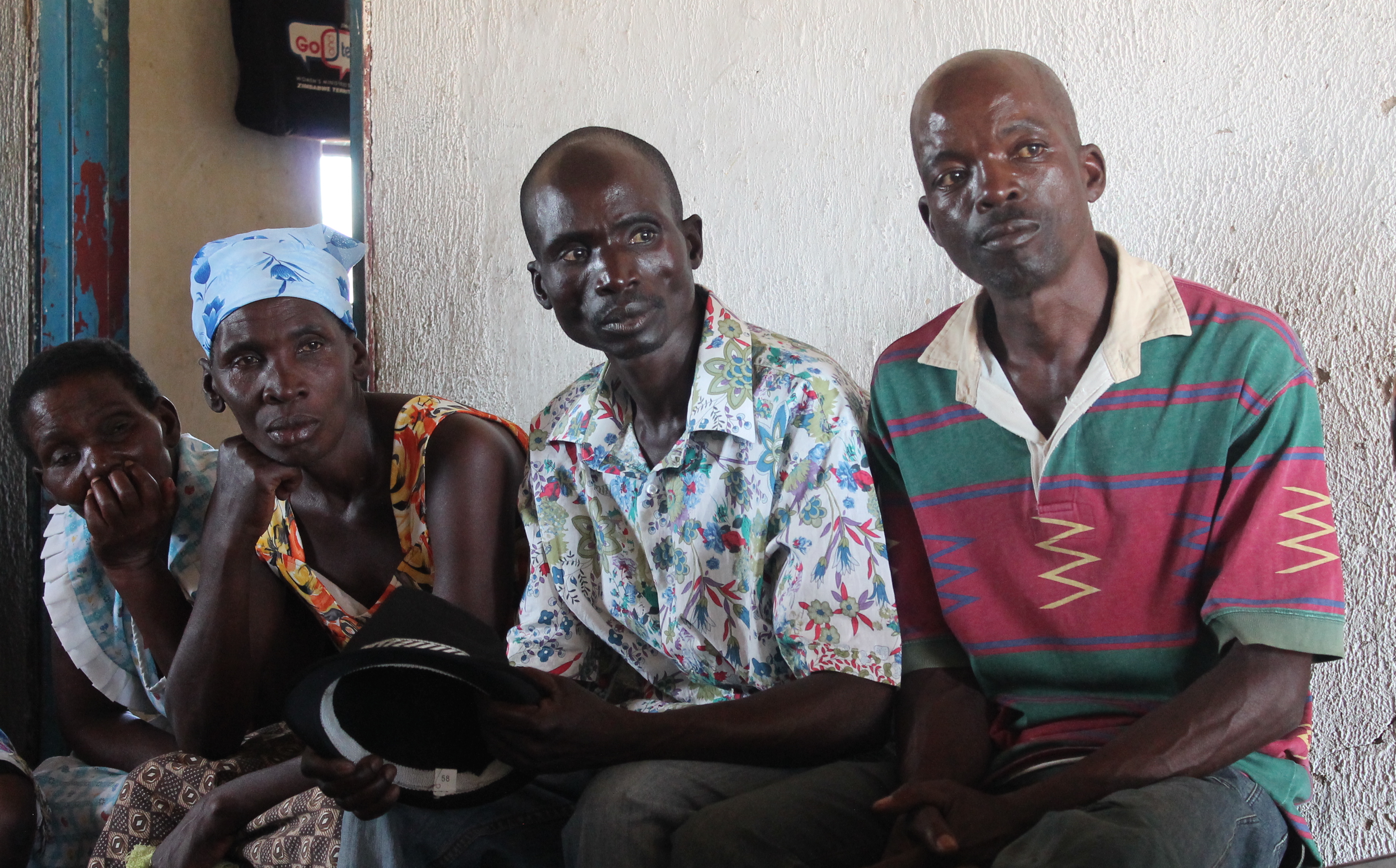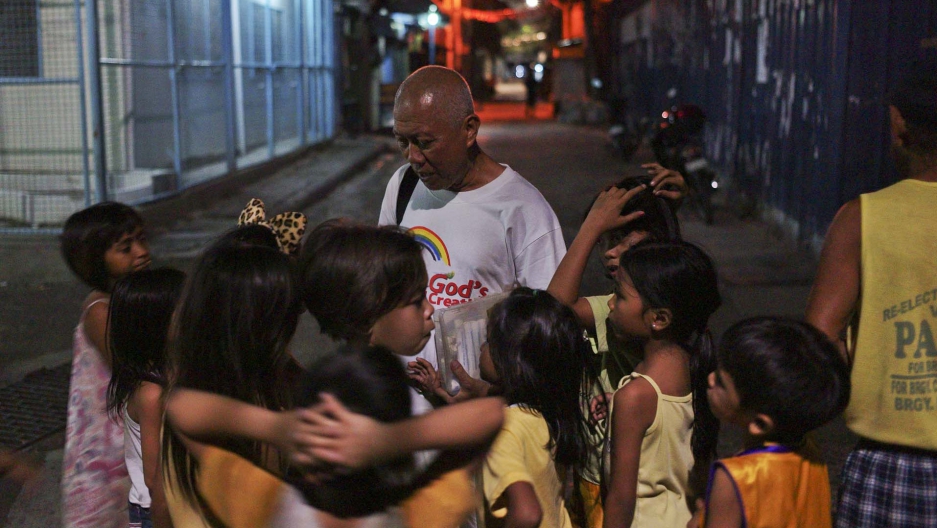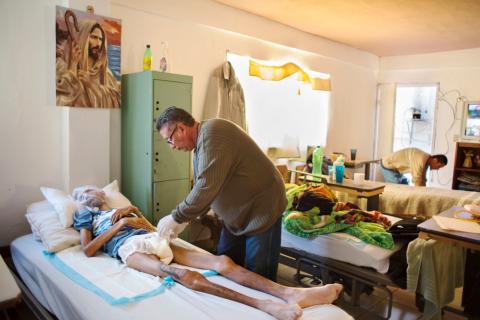Lesson Plan February 17, 2016
How Countries Deal with HIV/AIDS
Country:
Grades:
Questions for "Meet the Journalists: Ana P. Santos & Veejay Villafranca"
- Where did Ana and Veejay visit while reporting on HIV in the Philippines?
- What is the biggest barrier regarding HIV/AIDS?
- What does Veejay hope that their reporting will do?
Questions for "A Catholic Monk in the Philippines Defies his Church to Help People with HIV"
- What are two things Brother Paul keeps in his bag?
- What percent of Filipinos with HIV were first infected within the past five years?
- Is it difficult for Brother Paul not to judge people?
Questions for "Philippines: HIV Cases Could Reach 133,000 by 2022"
- How many cities have hit the 5 percent mark?
- What percentage of PWID males are receiving ARV treatments?
- The HIV and AIDS prevention law prohibits minors from doing what without parental consent?
Questions for "Ending AIDS, Ending Confusion"
- What are ARVs?
- Why is Jessica not eligible to receive ARVs?
- Globally, how many people currently have access to ARVs?
Questions for "Mexico: No End in Sight"
- How long did Pedro Robles last after being taken to Las Memorias?
- In 2014, what was the estimated amount of people who had HIV in Mexico?
- What are three problems with CAPASITS?
Objective:
By the end of this lesson, students will be able to analyze and explain the central idea of five multimedia reports on HIV worldwide in order to understand the challenges associated with the virus.
Warm-up:
Write down answers to the following the questions:
- How long do you think someone can live with HIV/AIDS?
- What countries do you think have a problem with HIV/AIDS?
- What might be different about the life of someone who has HIV/AIDS versus someone who does not?
Introducing the Lesson:
In this lesson, you will explore how HIV/AIDS is impacting people around the globe by exploring the following five resources:
- "Meet the Journalists: Ana P. Santos and Veejay Villafranca" by Ana P. Santos and Veejay Villafranca
- "A Catholic Monk in The Philippines Defies his Church to Help People with HIV" by Ana P. Santos
- "Philippines: HIV Cases Could Reach 133,000 by 2022" by Ana P. Santos
- "Ending AIDS, Ending Confusion" by Jon Cohen
- "Mexico: No End in Sight" by Jon Cohen
Introducing the Resources:
As you take a look at the resources, answer the accompanying questions and consider the following:
- What is the central idea of the article?
- What is one sentence that represents that central idea?
- After reading each resource, write a short summary explaining the central idea of the resource.
Activitiy:
After reviewing the five resources, write a short (3-5 sentence) response to the following prompts:
- What can be done to prevent the spread of HIV/AIDS?
- What are some misconceptions about people with HIV/AIDS?
- What are governments doing correctly/incorrectly in regards to the HIV/AIDS crisis?
Extension Activity:
Option 1. Using what you know from reading the resources, write a letter to a doctor setting up a clinic in a developing country, giving him/her advice on how to run a clinic that will not only be efficient, but also inclusive.
Option 2. Research to see if any celebrities or public figures that you know have HIV/AIDS. How did it affect their lives? How were their experiences different from the subjects in the article you read? Write a short presentation summarizing what you learned and be prepared to present to the class.
CCSS.ELA-LITERACY.W.9-10.2
Write informative/explanatory texts to examine and convey complex ideas, concepts, and information clearly and accurately through the effective selection, organization, and analysis of content.
CCSS.ELA-LITERACY.RI.9-10.2
Determine a central idea of a text and analyze its development over the course of the text, including how it emerges and is shaped and refined by specific details; provide an objective summary of the text.
REPORTING FEATURED IN THIS LESSON PLAN
-
 English
EnglishEducation Resource
Meet the Journalists: Ana P. Santos & Veejay Villafranca
The Philippines has always been a "low-incidence" country in terms of HIV with less than 1 percent...
-
×
 English
English














